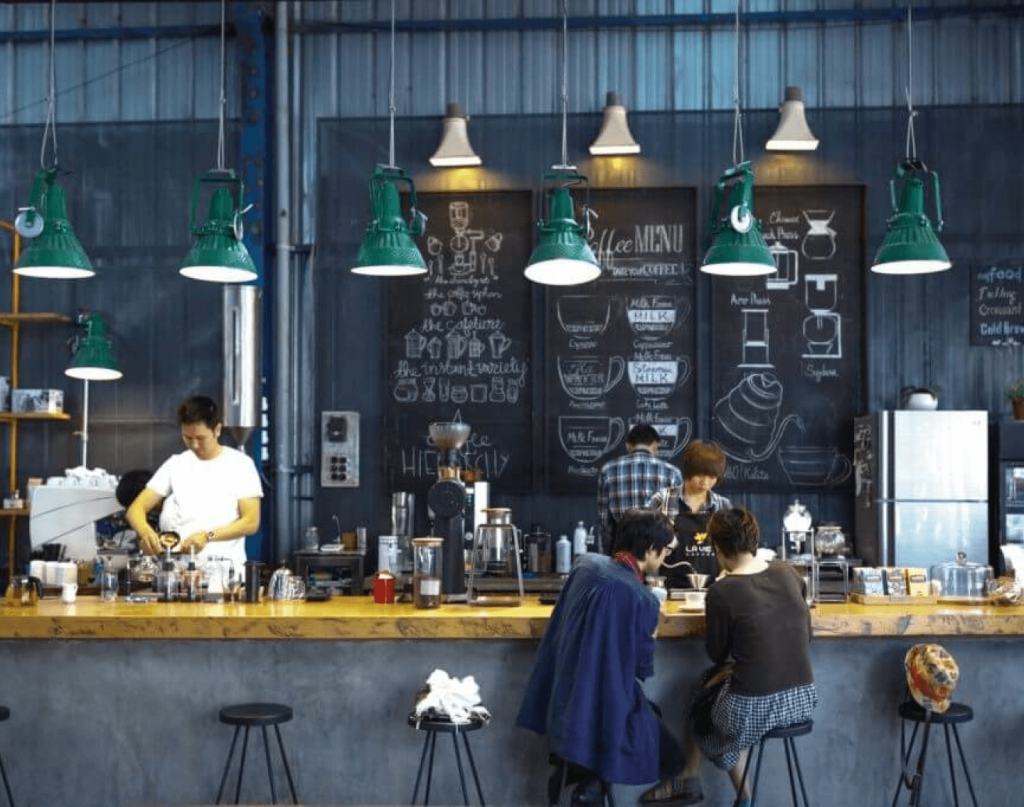Everything You Need to Know About Website Speed in 2020
Website speed is a measure of how fast your website loads once someone is directed to it; either by clicking a link or via typing out your URL. On average, a website takes about 22 seconds to fully load on a mobile and 9.3 seconds on a desktop. The few seconds that pass when we wait for a site to load can feel short and insignificant, or they can feel endless and become the tipping point for your website’s performance, and the experience your users leave with. What a few seconds can do 1. To your Consumers Seemingly ignoring the average time taken by a website to load, research shows that 53% of mobile users leave a page if the loading time exceeds 3 seconds- meaning more than half of your visitors decide to leave your page before even seeing it. This happens regardless of how popular your site may be- Google themselves experienced a 20% drop in traffic due to a miniscule fall in the website’s speed by 0.5 seconds. The whole point of having a website is to generate organic web traffic to gain ROI, and in this fast paced world people are only willing to give you a few seconds to do this. Thus, keeping your loading time under 22 seconds would be ideal, but under 3 seconds would be perfect. Take any longer, and customers become irritable, and are more likely to switch to your competitors. Besides that, bad news tends to spread fast; so one negative experience is bound to reach the rest. According to The White House office of Consumer Affairs- dissatisfied customers tend to tell 9-15 people about a negative experience, and some even go as far as telling 20 or more- all it takes is a single second to set your business up with a negative reputation. 2. To your Ranking Another important element that determines the traffic you generate is your visibility- which is affected by your ranking, and speed is now a ranking factor. Search engines like google understand consumers’ need for speed, and that faster websites provide better experiences. Therefore, they prioritize them and take it upon themselves to reward websites that load quickly by giving them a better ranking. A site that takes a long time to load is bound to have a high bounce rate; which is the rate at which people enter your site, but then go back to the SERP (Search Engine Results Page). Research shows that there is a resultant increase in this rate by 113% as the loading time for a page increases from a mere 1-7 seconds. The search engine gathers that this is a negative response from the consumers, and thus causes your ranking to fall. However, if your site appears to be providing positive customer satisfaction in these sectors, your ranking will be boosted. To find out more ways to improve your ranking, check out our article containing 5 Tips for Ranking First on Google. 3. To your Conversions Another goal when it comes to generating traffic is creating conversions- which occurs when visitors convert by completing desired actions; such as making a purchase, signing up for newsletters or filling out forms. However, if you are experiencing a loss in traffic or consumer satisfaction, then the probability of your conversions falling increases. Since we already know that slow websites are significant deterrents of traffic, it can be concluded that they also repel conversions. As shown above, millions of dollars in revenue are lost each year due to people abandoning their online shopping carts, and it is just a few seconds of waiting that make this difference. Thus, time is quite literally money, and for every miniscule amount by which the loading time for a website increases, a business will lose out on possible revenue. Now that you know what can happen in just a few seconds, take it upon yourself to test your own website’s speed and see if it needs any improvement. Website Testing Tools Timing your website with a stopwatch would prove to be unideal, so take to the internet to find tools that will do it for you, and tell you what’s slowing you down. While there are plenty out there, we’ve gathered the 3 most reliable ones below for your own perusal. 1. GTmetrix This speed testing site is free, easy to use and very straight forward; all you have to do is enter your URL, and it shows you your results in a graded format so you can understand whether the feedback is negative or positive. The results are accurate and can be discernible even if you don’t know too much about the components that affect speed. Upon showing you your results, the site gives you the option of viewing the average- so you can see where you stand in the spectrum of things. Along with the issues, the site also provides suggestions on how to fix them. While the default testing location is set in Vancouver, Canada, you can change the location upon creating an account to see how your site performs in various target locations. The accounts comes in the silver, bronze, gold and custom plans. There are also options to change your browser, and simulate various types of connections and devices down to the model and resolution. These filters can be saved- avoiding the hassle of having to fill them in every time you need to test your website’s speed. The account also provides additional options of blocking out advertisements so you can observe how they affect your site, and even allows you to record your page as it loads; creating a video which you can rewatch at a slower pace to pinpoint any issues. 2. Pingdom Pingdom too is simple and easy to use, as well as understand. Its free speed test provides different testing locations, a grade breakdown of your results, and it lists out the issues with your site and helpfully pairs them with suggestions for improvements. The site also allows
Everything You Need to Know About Website Speed in 2020 Read More »


